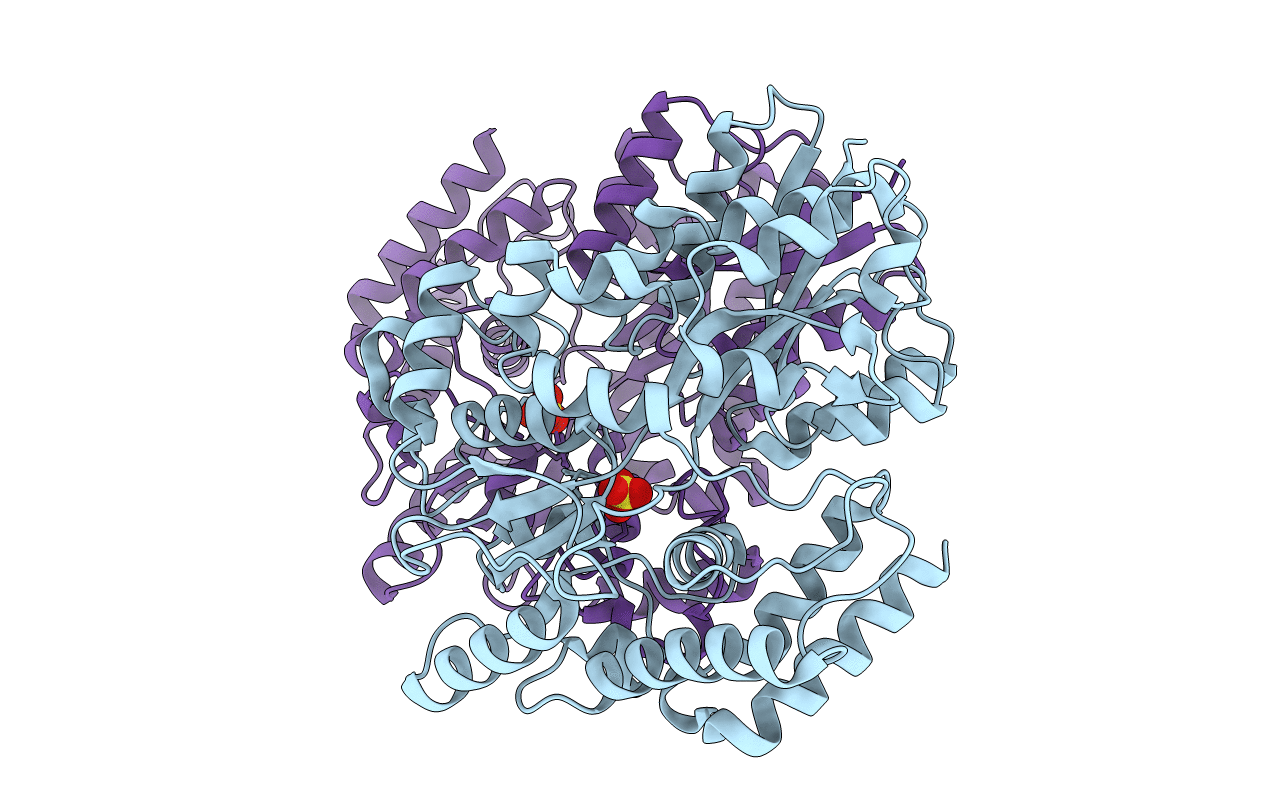
Deposition Date
2021-12-20
Release Date
2022-05-18
Last Version Date
2024-11-27
Entry Detail
PDB ID:
7WCJ
Keywords:
Title:
Crystal structure LpqY from Mycobacterium tuberculosis
Biological Source:
Source Organism:
Mycobacterium tuberculosis H37Rv (Taxon ID: 83332)
Host Organism:
Method Details:
Experimental Method:
Resolution:
2.24 Å
R-Value Free:
0.24
R-Value Work:
0.21
R-Value Observed:
0.21
Space Group:
P 41 21 2


